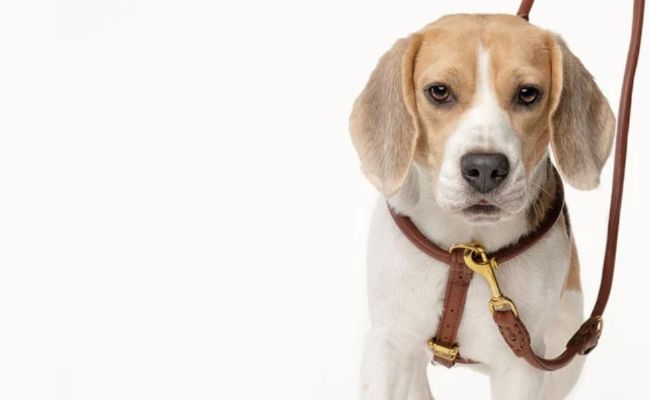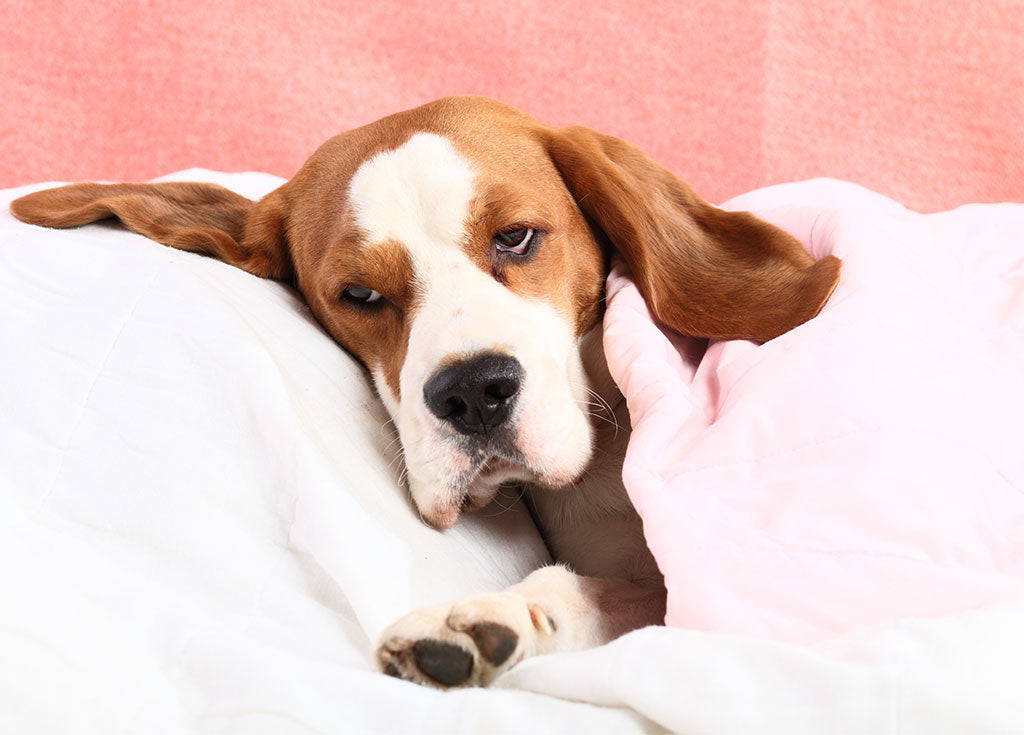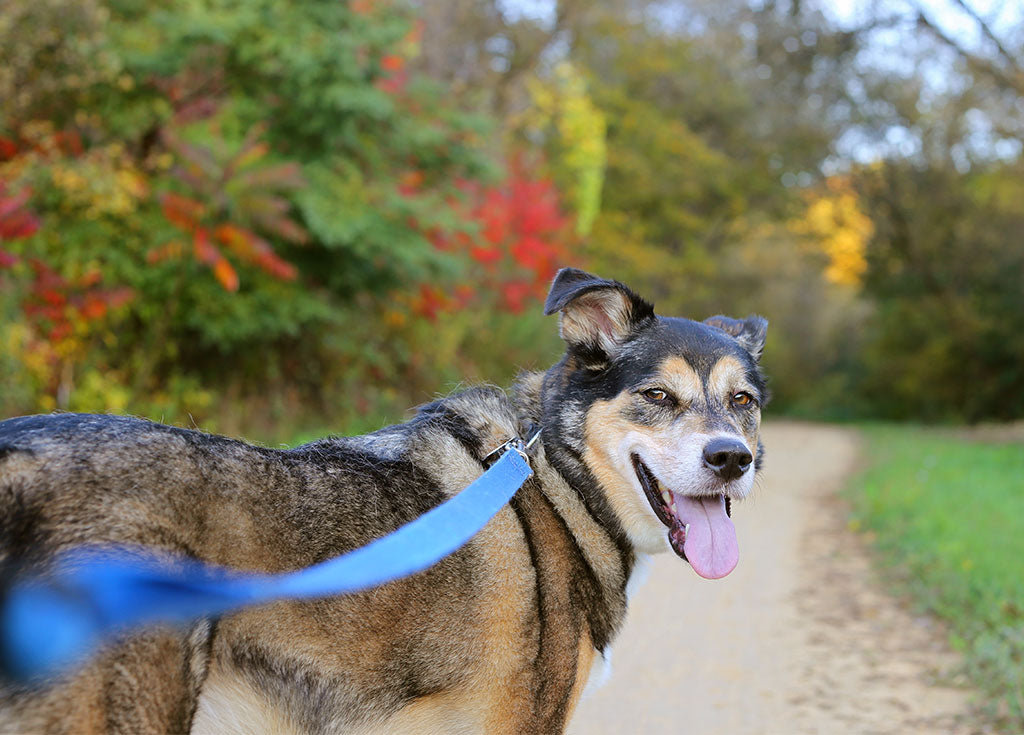
7 Flea & Tick Prevention And Treatment Tips For Dogs
Your pet may experience itchiness and even discomfort from flea bites, and if the infestation worsens, the blood loss might result in anemia. Even worse, ingesting fleas while being groomed might result in parasitic tapeworms in their intestines. Both dogs and humans could contract deadly infections from ticks.
The easiest method to avoid flea and tick problems is to either completely keep pests away from your dog or make sure they are promptly killed. The most popular preventative care methods are topically applied pills, sprays, and oral or injectable drugs. Flea collars can also be useful, and are just as important to have on hand as a comfortable collar for your dog. To ensure that any treatment is effective, make sure to follow guidelines.
To be sure you're selecting the best course of action for your unique dog's requirements, speak with your veterinarian before choosing a treatment plan.
- Leave no mounds of grass clippings, leaves, straw, or other organic waste on your property. Fleas love the warm, wet, and shaded habitat they create.
- Moreover, make an effort to stop your dog from rolling around in these locations. As fleas may hide in long grass, HUND Denmark advises keeping your lawn short.
- Every day, check your dog for ticks.
Use a tick remover or clean tweezers to get rid of it if you locate one. Make sure the head or other part doesn't get left behind when you pull it out straight.
Treat the wound with a triple antibiotic ointment after cleaning it with a disinfectant.
Suggestions for Flea Treatment
The course of treatment could involve a lot of repetition and time, but it's important that you follow directions and stay alert.
- Flea shampoo and a flea comb might help you get rid of adult fleas if your dog fleas. Make sure you get a shampoo that is approved and appropriate for the breed and hair type of your pet by speaking with your veterinarian beforehand. A single wash is probably not going to be enough to get rid of the problem; you'll need to repeat the procedure several times to make sure you remove the fleas that are early in their life cycle when treatment starts and to prevent eggs from developing.
- Treat your house at the same time. Every day, vacuum high-traffic areas, particularly under and around furniture. Empty and discard vacuum bags after each use.
- As soon as the issue is resolved, wash your pets' bedding every week.
- Consider a whole-house treatment, such as a fogger, to kill adults as well as eggs and larvae if the situation doesn't get better. Be sure to follow all directions and make arrangements in advance to keep your family and pets out of the house while it is being treated.
The Bottom Line
Fleas and ticks can be troubling, especially if they are affecting your beloved pet. With enough patience and effort, it can be resolved. Here at HUND Denmark, the comfort, health, and safety of dogs are of importance to us. That's why we aim to protect your dog from external sources of injury and harm, such as fleas or uncomfortable collars. Our range of coat protective collars is designed to provide superior padding and comfort for your dog at any size. Provide them with comfort in style with our padded leather collar. Your dog deserves only the best!



